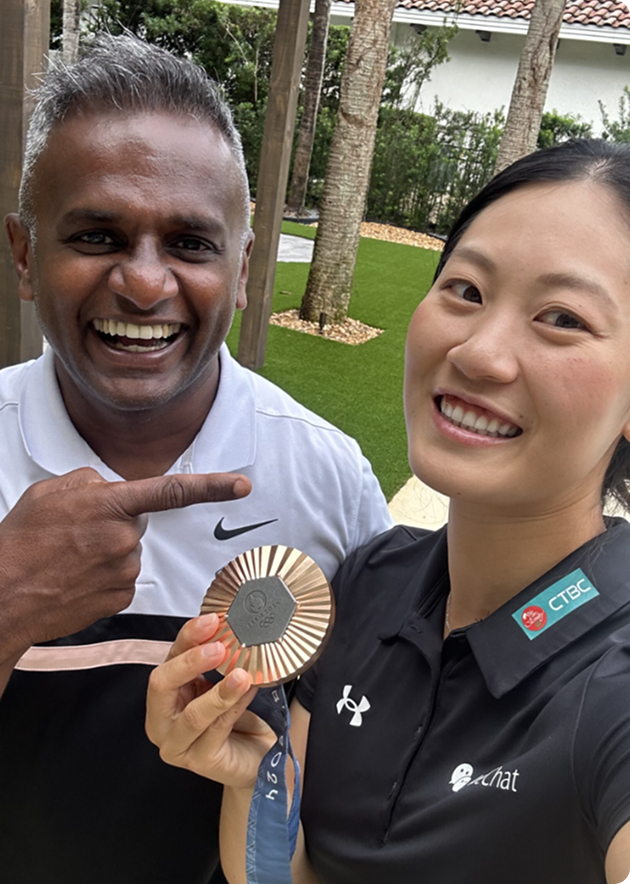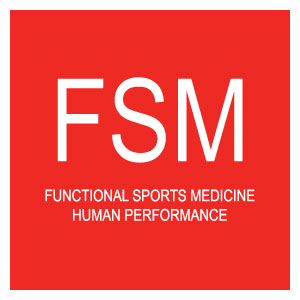Unlock Your Athletic Performance
With Dr. Ara Suppiah
A professional approach to treating sports injuries so you can return to your training healthy and ready for new challenges.
Unlock Your Athletic Performance
With Dr. Ara Suppiah
A professional approach to treating sports injuries so you can return to your training healthy and ready for new challenges.
Discover the Functional Sports Medicine Matrix
Here are
the key benefits

Summary of Key Findings
Your personalized report begins with an easy-to-read summary of critical health markers. This includes:
- an overall health score
- hydration levels
- specific areas that require attention, such as vitamin D intake.

Tailored Dietary
Recommendations
Nutrition is essential to an athlete’s success. Based on your blood work, you receive personalized nutritional guidance tailored to your specific needs. The report provides actionable advice, such as increasing vitamin D intake, as well as supplement dosages and duration.

Personalized Strategies
for Optimal Performance
With your blood test results in hand, you can create personalized strategies to maximize your training, recovery, and overall performance. Whether it’s enhancing recovery, building strength, or fine-tuning endurance, your customized plan is designed to meet your unique needs.
WHY DR. ARA?
Dr. Ara’s life story is a testament to the power of perseverance, curiosity, and a commitment to mastery. He has an extraordinary ability to distill complex ideas into practical, life-changing insights. Whether discussing how to thrive in the age of AI, unraveling myths in human performance, or sharing behind-the-scenes stories from working with world champions, Dr. Ara inspires audiences to rethink their potential and explore new possibilities for their health and performance.

Services
Choose from Dr. Ara’s expert services to elevate your performance, through testing, learning, or inspiration.
Performance Blood Testing
Dr. Ara’s bloodwork isn’t routine, it’s precision testing for high performers. He decodes your biomarkers to show whether it’s time to push harder or pull back, helping you train smarter and recover faster.
Masterclass
This is the course Dr. Ara wishes he had starting out. Learn how to think like a performance doc, use biomarkers, and get results that set you apart in the athletic world.
Speaking Engagement
From pro athletes to top execs, Dr. Ara captivates audiences with stories, science, and strategies that unlock true performance potential.
Engagements & Testimonials

Vijay Singh
PGA Tour Pro Golfer
The first wealth is health and Ara has given me this time after time.

Justin Rose
World #1/Olympic Gold Medalist
I feel like the results speak for themselves.

Gary Woodland
PGA Tour Pro Golfer
No one I rely on more for madical advice than Dr.Ara.

Ian Poulter
PGA Tour Pro Golfer
Simply… Ara is the best at what he does.

Henrik Stenson
PGA Tour Pro Golfer
Dr. Ara is who I trust for all my medical needs.

Steve Stricker
PGA Tour Pro Golfer
His philosophy on health and wellness resonated with me.
Key Agency Partnerships Through Player Affiliations















Get In Touch with us
Do you still have questions? We have the answers
You have to buy a plan to book a session with Dr. ARA. Choose the plan that works for you.
What achievements and experience does Dr. Ara have in the field of sports medicine?
Nutrition is essential to an athlete’s success. Based on your blood work, you receive personalized nutritional guidance tailored to your specific needs. The report provides actionable advice, such as increasing vitamin D intake, as well as supplement dosages and duration.
How can I schedule a consultation or learn more about Dr. Ara's methods?
Nutrition is essential to an athlete’s success. Based on your blood work, you receive personalized nutritional guidance tailored to your specific needs. The report provides actionable advice, such as increasing vitamin D intake, as well as supplement dosages and duration.
What is functional sports medicine and how does it differ from traditional sports medicine?
Nutrition is essential to an athlete’s success. Based on your blood work, you receive personalized nutritional guidance tailored to your specific needs. The report provides actionable advice, such as increasing vitamin D intake, as well as supplement dosages and duration.
What are the benefits of combining sports medicine and functional medicine?
Nutrition is essential to an athlete’s success. Based on your blood work, you receive personalized nutritional guidance tailored to your specific needs. The report provides actionable advice, such as increasing vitamin D intake, as well as supplement dosages and duration.
How can I sign up for an online consultation or take a master class?
Nutrition is essential to an athlete’s success. Based on your blood work, you receive personalized nutritional guidance tailored to your specific needs. The report provides actionable advice, such as increasing vitamin D intake, as well as supplement dosages and duration.
What biomarkers are most important for athletes and how can they be tested?
Nutrition is essential to an athlete’s success. Based on your blood work, you receive personalized nutritional guidance tailored to your specific needs. The report provides actionable advice, such as increasing vitamin D intake, as well as supplement dosages and duration.
